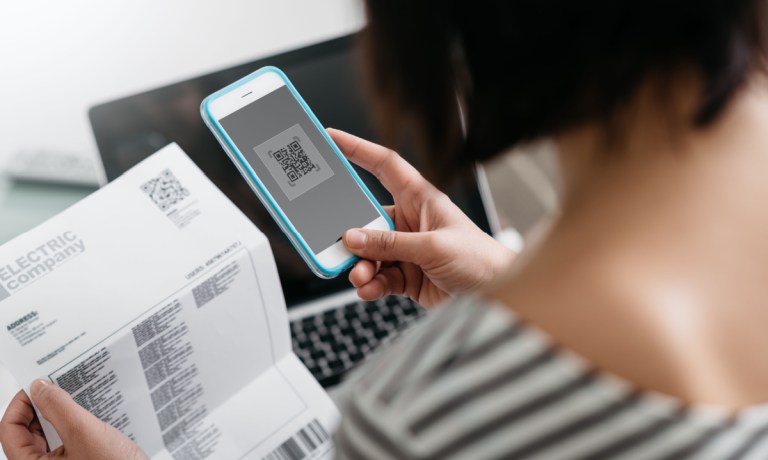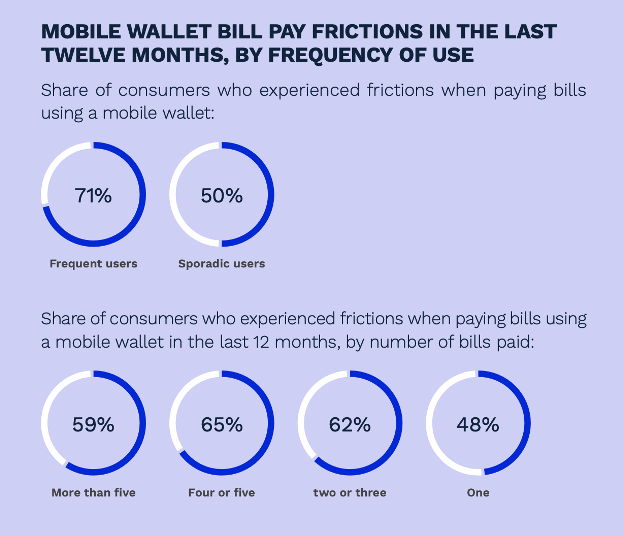
Although satisfaction is high among mobile wallet users when making bill payments, many face difficulties during the process.
The report “Digital Bill Payments: Frequent Mobile Wallet Bill Pay Users the Most Satisfied,” a PYMNTS Intelligence and ACI Worldwide collaboration, found that around 60% of consumers in the United States use mobile wallets to pay bills, and more than two-thirds of them are very satisfied with the experience. However, 70% of frequent users — those who use mobile wallets to pay their bills at least once per week — reported friction issues.
The study, which examined the benefits and challenges of using mobile wallet bill pay services, also found that in general, the number of issues mobile wallet users experienced when making payments increased with the number of bills paid. Forty-eight percent of those who paid just one bill in the 12 months before being surveyed experienced difficulties, compared to 65% of those who had paid four or five different bills in the same period. These users likely experienced greater friction because they used these applications more frequently, but for those who used it sporadically, experiencing any issue half the time is significant.

Bill-paying consumers faced multiple pain points in the bill payment process, including security concerns, lack of features, inconvenience and cost, per the study. Among the most common issues consumers faced were concerns about information security and authentication, encountered by nearly one-quarter of respondents. Finding few payment options was reported as a key experience issue by 11%, and the inability to make payments instantly was reported by 10%.
Despite these frictions, consumers continue using mobile wallets for satisfactory bill payments, which shows that the benefits outweigh the frictions. Introducing friction corrections and enhancing payment processes may be translated into higher consumer satisfaction and likely broader adoption of these applications.